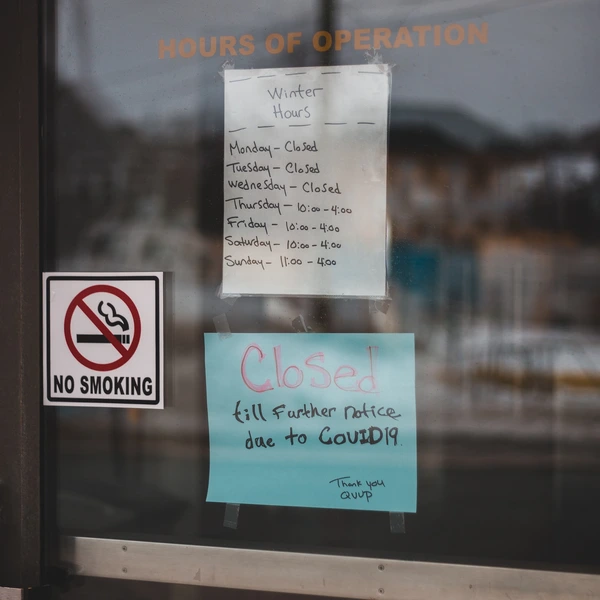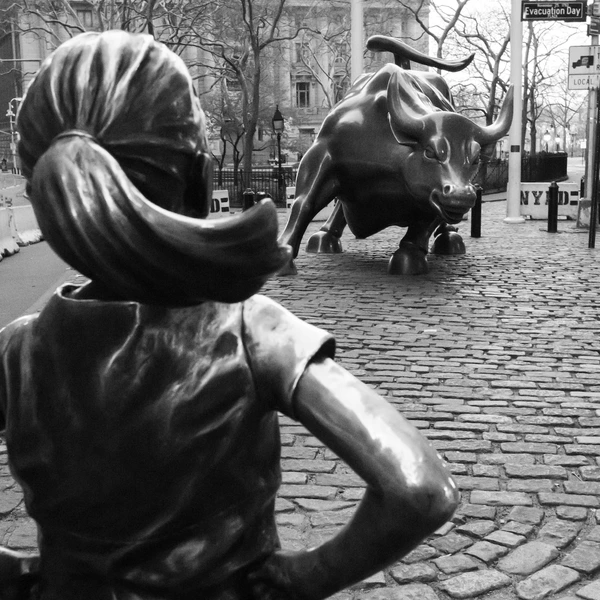During the past month, I have been doing a lot of reading, listening, discussing, and thinking while contemplating the COVID-19 pandemic and its implications, both personally and economically. I wanted to share my thoughts and observations as of today, April 16, 2020, in the hopes it might be useful.
Unfortunately, the world as we know it has changed! The consequences of COVID-19, which are global in scale, were not widely understood entering this pandemic, and there is currently no medical solution. It seems realistic that the decline in second quarter GDP in the USA could be 35%. If a true V-Shaped Recovery happened, the economy would have to grow (1-.35=.65) (.65x1.55=1) 55% in order to get back to even. This is virtually impossible. For the first time in modern history, capitalism has come to a halt. Perspectives and habits are forever changed. You still hear seniors talking about the scars etched into their minds from the Great Depression, the Holocaust and Pearl Harbor. Just imagine the lasting effects of this crisis.


